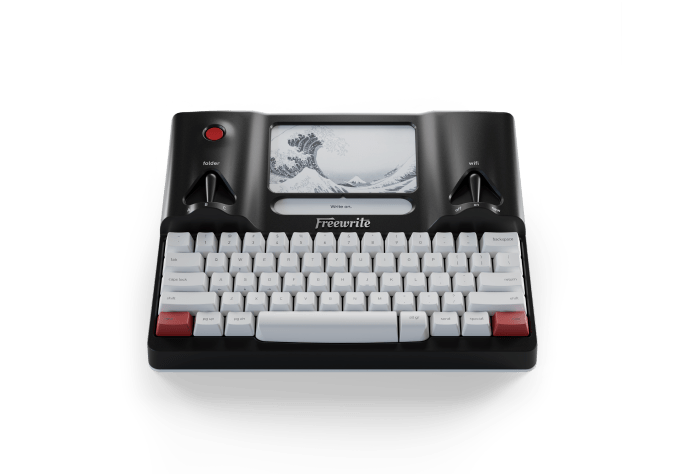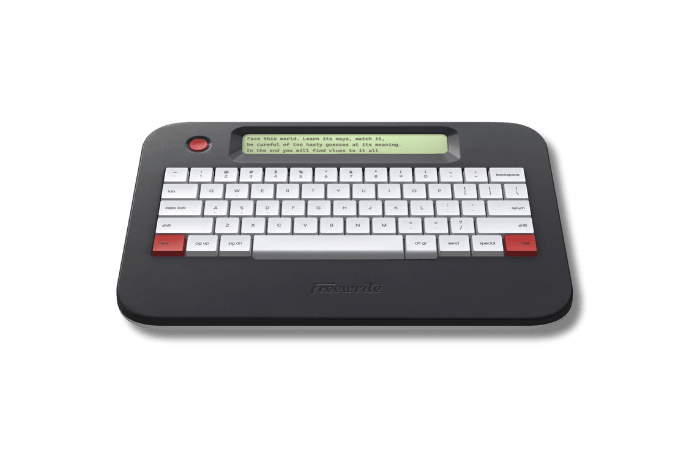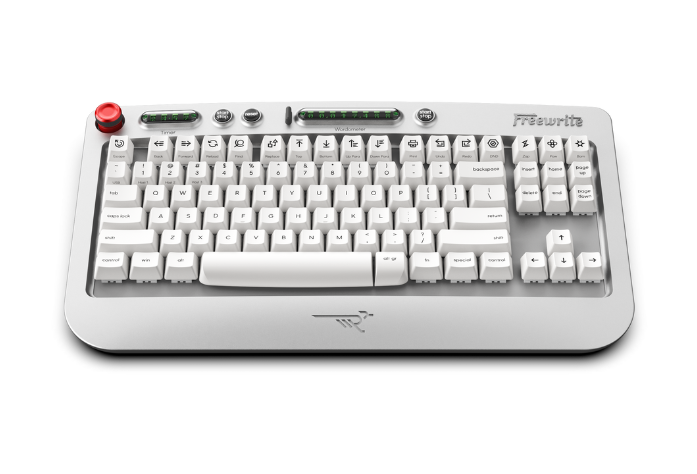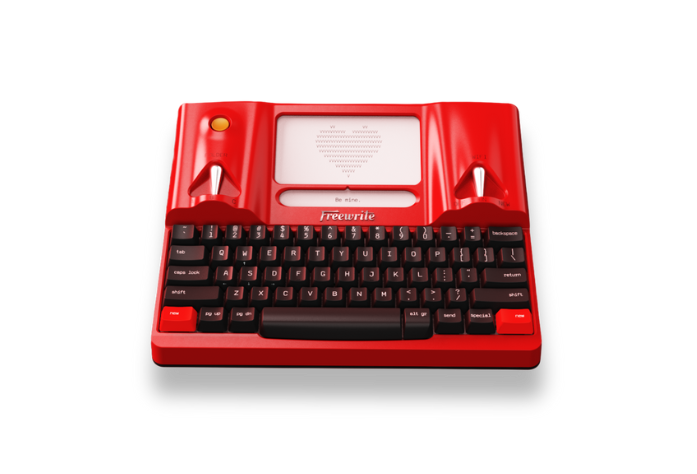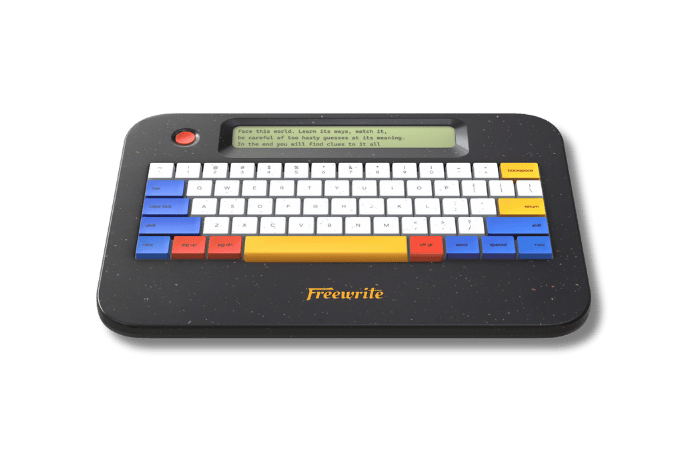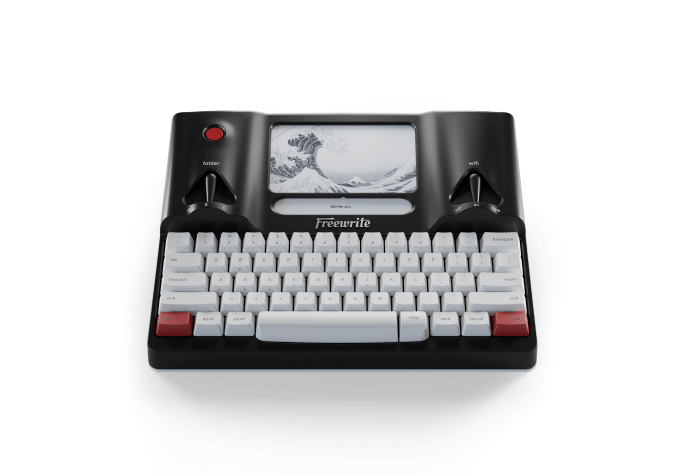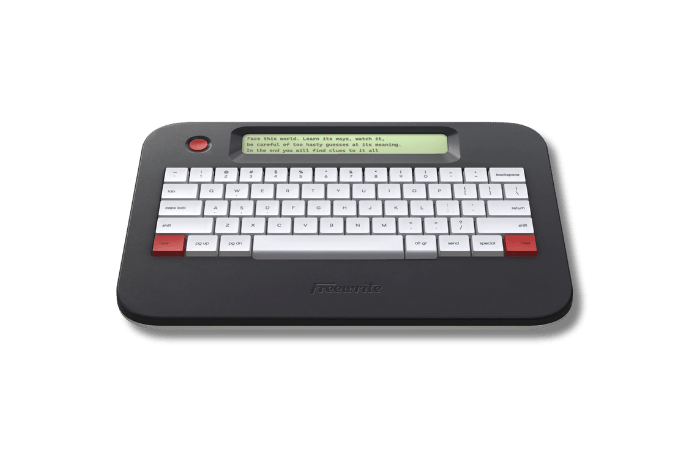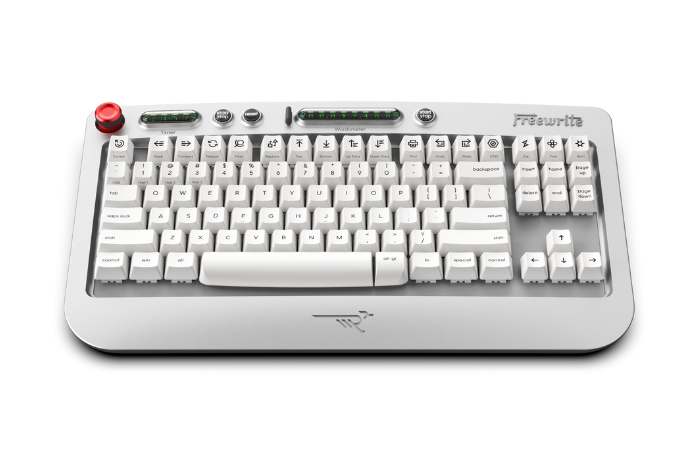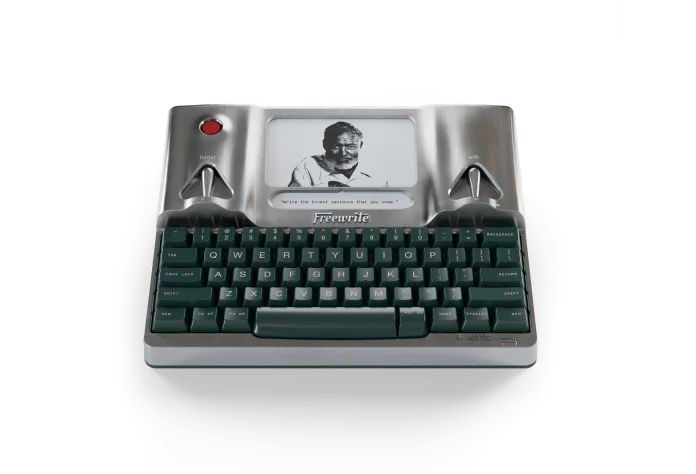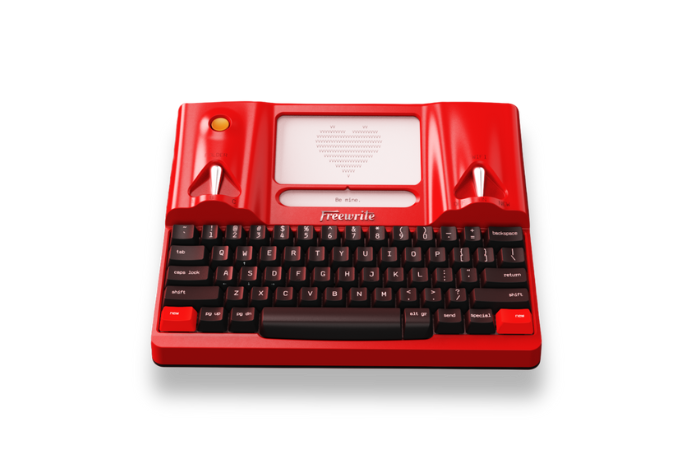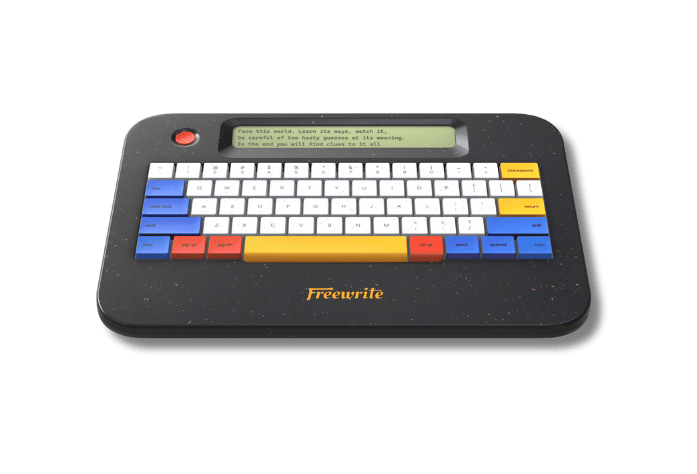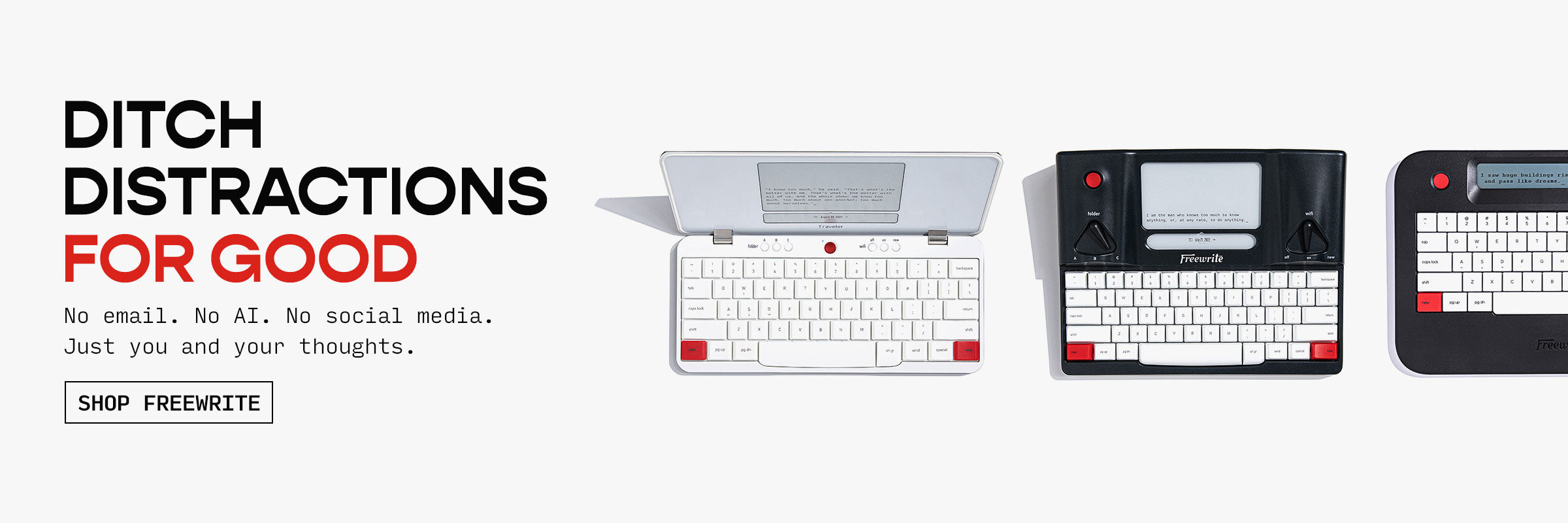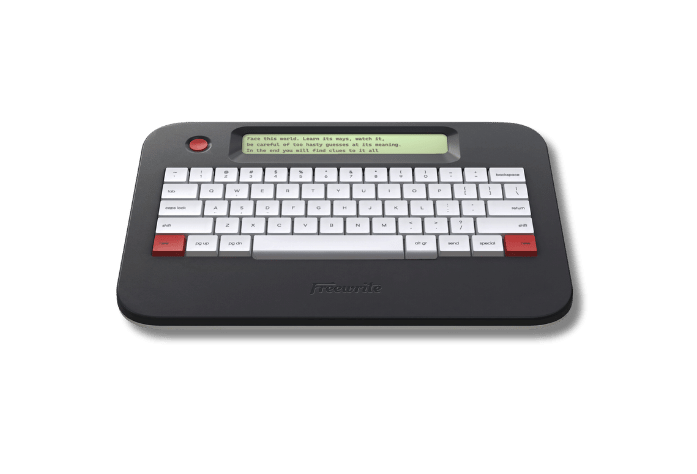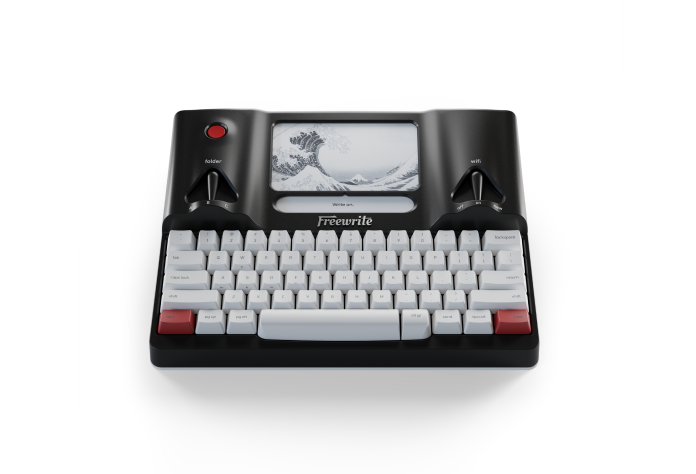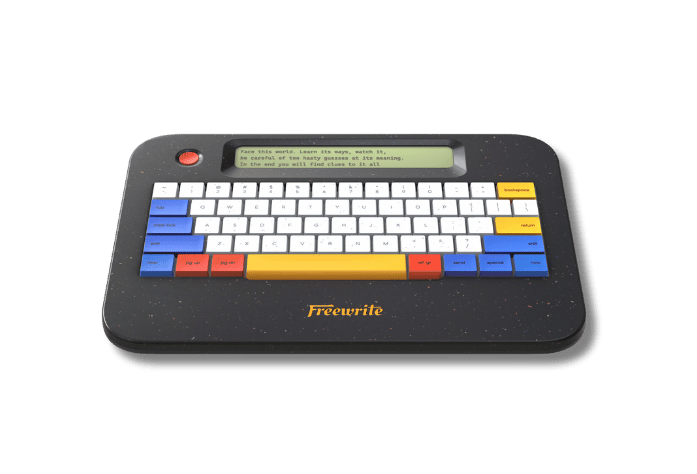Writing isn't just about telling stories - it's about thinking outside the box, finding your voice, and learning how to express ideas in new ways. But sometimes, getting started can feel like the hardest part. That's where writing challenges come in. They're fun, flexible, and a great way to spark new ideas when you're stuck. In this article, we'll look at creative writing challenges that students can try to build confidence and grow as writers.
Why Structured Challenges Work
Writing is both art and muscle memory. You gain vocabulary and storytelling instincts only by using them, yet repeating the same type of assignment often leads to flat prose or writer’s block. Purposeful challenges solve that problem because they:
-
Break routine: A new constraint forces fresh ideas.
-
Teach techniques in context: You practice description, plot, or emotion inside a mini project instead of isolated drills.
-
Build confidence fast: Small wins accumulate and prove that you can finish what you start.
-
Fit busy schedules: Most tasks below need ten to thirty minutes a day.
Treat each challenge as an experiment. If one sparks your imagination, expand it into a full story or portfolio piece. If another feels awkward, move on and try something else.
Core Challenges to Spark Imagination
Below are twelve student friendly challenges arranged from quick daily drills to larger projects. Feel free to reorder them to match upcoming lessons or personal goals.
1. The Daily Spark – Microfiction
Write a complete scene, story, or poem in 150 words or less every day for two weeks.
Why It Works
This challenge teaches you how to write with precision. When you’re limited to a tight word count, you’re forced to get straight to the point. There’s no space for overexplaining, passive voice, or vague words. You start noticing the weight of every word. It’s also a great way to break the habit of perfectionism - when the goal is volume and completion, not polish, you give yourself permission to justwrite.
How to Run It:
-
Start by choosing a time of day that works best for you, like right after breakfast or before bed. Consistency is key.
-
Use a random prompt to kick things off. You can make your own list of images, opening lines, or quotes and pick one at random each day.
-
Write quickly without self-editing. Think of it like a writing sprint.
-
Save everything. At the end of the two weeks, go back and reread all 14 pieces. Pick your top three and revise them with care. These can become polished pieces for a portfolio, blog, or classroom display.
Bonus twist: Try writing one piece of microfiction from a completely different genre each day: romance, horror, sci fi, memoir, etc.
2. Story in Reverse
Write a one-page story that starts with the final outcome, then works backwards to show how it all happened.
Why It Works
Writing backwards helps you build tighter plots. Many young writers (and even pros) wander through a story without clear cause and effect. This challenge flips the process. You start with the consequence, so every step you take has to explain how the character got there. It’s also a fun way to build suspense and curiosity - the reader knowswhat happened, but wants to knowwhy andhow.
How to Run It:
-
Write your last line first. Think dramatic: “By the time I realized what was happening, it was already too late.”
-
Then outline 3-5 key events that logically lead up to that ending. Keep the timeline clear. Each paragraph should represent a “step back” in time.
-
Drop hints or foreshadowing early (which will be late in the story) to create tension.
-
Try to keep it within one page to stay focused.
Pro tip: Reverse narratives work well for mysteries, breakup stories, or tales with an unexpected twist.
3. Genre Switch Day
Take a real-life memory and rewrite it in a genre you don’t normally use.
Why It Works
Genre challenges force you to break your writing habits. If you always write realistic fiction, turning your math test into a space battle makes you rethink structure, tone, and voice. You learn to stretch your style, use new vocabulary, and get comfortable being creative with constraints. Plus, it’s fun.
How to Run It:
-
Pick a memory - any moment will do: your first day of school, a family dinner, a birthday party gone wrong.
-
Choose a genre you rarely write in: horror, satire, dystopia, high fantasy, crime thriller.
-
Retell the event using that genre’s rules. Add mystery, magic, danger, or comedy as needed.
Example
A student described their first day at school as a noir detective mystery: “The hallway stretched ahead, silent except for the whispers of gossip drifting through locker vents. My mission: find Room 12B and survive algebra.”
Bonus twist: Ask a friend or classmate to assign you the genre at random.
4. Emotion Lens Rewrite
Take the same scene and write it twice, each time creating a different emotional tone.
Why It Works
Writers often default to one emotional tone in their work, but this challenge helps you understand how flexible a scene can be. By adjusting word choice, pacing, and detail, you discover how writing techniques shape a reader’s emotional response. It also helps you become more intentional about tone.
How to Run It:
-
Write a short scene (half a page max). It could be as simple as walking into a room or meeting someone new.
-
Decide on your first emotion: joy, fear, nostalgia, sadness, etc.
-
Write the scene focusing entirely on evoking that emotion. Use sensory details and metaphors that reinforce the feeling.
-
Then flip it. Keep the same basic plot, but rewrite it to express the opposite feeling.
-
Compare the two drafts. What changed? Which sensory cues and word choices made the biggest difference?
Bonus tip: Have someone else read both versions and ask them to guess which emotion you were going for. If they get it right, your techniques are working.
5. Mash Up Madness
Write a short story that includes four totally unrelated elements in a logical way.
Why It Works
This challenge trains your brain to connect ideas creatively. Even if the story turns out a little strange, it forces you to think beyond clichés and push your imagination. It’s especially good for group classes or writing clubs where you can laugh over each other’s results.
How to Run It:
-
Collect a list of random items and abstract ideas. Pull words from newspaper headlines, books, or classroom objects.
-
Choose two concrete nouns (like violin, roller coaster) and two abstract concepts (like justice, fog).
-
The challenge is to include all four in one story in a way that feels natural. Bonus points if they’re central to the plot.
-
Give yourself a time limit - 30 minutes is plenty.
Example prompt: Umbrella, robot, guilt, lemonade stand. You could write about a boy who builds a robot to run his lemonade stand and ends up feeling guilty when it replaces his little sister as the best salesperson.
Bonus tip: Try this as a partner challenge and see how different your stories end up, even with the same items.
6. Character Swap
Choose two contrasting character types who wouldn’t normally meet and throw them into the same situation or conflict.
Why It Works
When characters from opposite worlds interact, their differences create natural tension and story energy. You’re pushed to develop more nuanced dialogue, explore motivations, and invent believable reasons for why they’re together. This challenge also helps break stereotypical thinking by encouraging unexpected pairings.
How to Run It:
-
Find your characters. Use real-world sources like personal ads, online bios, or even fictional profiles from books or shows.
-
Pick two characters with conflicting interests, values, or lifestyles. For example, a retired opera singer and a teenage hacker.
-
Invent a situation that forces them to interact. Maybe they’re stuck in an elevator, or working on the same community project.
-
Write a scene (or story) where their personalities clash, reveal, or surprise you. Focus on how they speak, react, and misunderstand each other.
-
Bonus: Let each character narrate their version of the story to explore different perspectives.
Example starter: A grumpy botanist and a YouTube prankster have to plan a school greenhouse project together after both get detention.
7. Form Flip
Take an existing piece of writing and rewrite it in a completely different format, such as a stage play, podcast script, poem, or graphic novel layout.
Why It Works
Switching forms teaches you how to adapt tone, pacing, and information delivery. It’s easy to over-rely on narration in prose, but changing the format reveals whathas to be shown through action, dialogue, or visual detail. You’ll quickly discover weak spots in the original and become more flexible in your storytelling.
How to Run It:
-
Select a story or scene you’ve already written.
-
Choose a new format. Turn a short story into a dramatic monologue or convert a poem into a comic script.
-
Keep the plot and characters mostly intact, but allow for creative shifts where needed.
-
Pay attention to how format shapes storytelling. A podcast needs mood-setting sound effects. A play script needs stage directions and body language.
Tip: Compare the original and the rewrite side by side. What got cut or added? What was easier or harder in each format?
Bonus variation: Try writing the same idea in two new forms, then ask a peer which one feels more engaging.
8. The Snowflake Sprint
Develop a complete story structure using the six-step “snowflake method” in a single sitting (around 60-90 minutes).
Why It Works
Many students struggle with planning - either they dive in too soon and get stuck, or they overthink and never start. The snowflake method walks you from a small seed idea to a full outline, helping you think about structure, characters, and theme in stages. It’s especially helpful for those who want to write longer stories or prepare for contests.
How to Run It:
-
One Sentence Summary: What is your storyabout in one line? (Example: A shy student discovers a secret about their teacher and must decide what to do.)
-
One Paragraph Description: Expand the sentence into a full paragraph that includes setup, conflict, and resolution.
-
Character Profiles: Write 2-3 lines per major character - who they are, what they want, and what’s in their way.
-
Expanded Synopsis: Turn your paragraph into a page-long summary, adding more plot turns and character growth.
-
Scene List: Jot down the key scenes in order. You don’t need to know all the details - just map the flow.
-
Draft Intro Paragraphs: Write the first three paragraphs or the opening scene to test your tone and pacing.
Bonus tip: If you want to take it further, turn the scene list into a rough script or start fleshing out one scene per day.
Common Hurdles and Quick Fixes
|
Hurdle |
Why It Happens |
Fast Fix |
|
Blank page fear |
Too many options at once |
Start with a random image or a headline to narrow focus |
|
Flat characters |
Lack of specific traits |
Borrow quirks from real people around you |
|
Wordiness |
Writing to impress, not to communicate |
Aim for one idea per sentence during edits |
|
Losing interest mid draft |
Stakes feel low |
Add a deadline or introduce a ticking clock inside the story |
Freewrite: Your Companion for Writing Challenges
Over the years, we've seen just how powerful writing challenges can be for building confidence, consistency, and creativity. Whether it's a two-week microfiction sprint or a month-long novel goal, the real test isn't just coming up with ideas - it's staying focused long enough to get the words down. That’s exactly why we createdFreewrite: to give writers a dedicated, distraction-free space where they can fully immerse themselves in the challenge at hand.
When you sit down with a Freewrite, everything else fades away. There are no tabs, no notifications, no temptations to tweak the font or check your email. It’s just you and your story. Writing challenges are most effective when you commit to showing up and finishing - and Freewrite is built to help you do exactly that. We've stripped away the noise so you can focus on what really matters: getting the words out and keeping your momentum strong.
Alpha Raven Black With Backlight
Alpha is a lightweight drafting companion built for writers on the move. It weighs less than 2 pounds, has a warm five-level backlight for day or night sessions, and stores up to one million words while auto-saving every line. A quiet low-profile mechanical keyboard keeps your fingers happy, and the 100-hour battery lets you write for weeks without hunting for an outlet.
How It Helps
-
Ultra-portable size slips easily into a backpack for café or campus writing.
-
Distraction-free screen shows only two to four lines so you stay in flow instead of scrolling.
-
Instant auto-save and cloud sync protect every sentence from tech mishaps.
-
Kailh Choc V2 switches deliver smooth, fatigue-free typing during long drafts.
-
Multi-language support and over-the-air updates grow with your writing goals.
Hemingwrite Signature Edition
Hemingwrite pairs the classic Smart Typewriter guts with a hand-polished raw aluminum body and green keycaps inspired by Ernest Hemingway’s adventurous spirit. Each unit carries Hemingway’s laser-engraved signature and ships with a leather attaché case, turning a practical drafting machine into a collector’s piece. Under the vintage look sits the same rock-solid cloud backup, long battery life, and distraction-free E Ink screen that Freewrite fans rely on.
How It Helps
-
Premium metal chassis and included hard case stand up to daily travel and look great on any desk.
-
E Ink display is easy on the eyes and readable in bright sunlight for outdoor writing sessions.
-
Constant local and cloud saving means your work is safe whether you have Wi-Fi or not.
-
Full mechanical keyboard with arrow keys keeps drafts moving while limiting deep edits.
-
Minimalist design removes apps and alerts so you can channel Hemingway’s focus on pure prose.
Traveler
Traveler is the featherweight Freewrite designed for writers who never stay in one place. At just 1.6 pounds and half the footprint of a laptop, it fits easily on cramped tray tables or park benches. The scissor-switch keyboard feels laptop-familiar, while the glare-free E Ink screen stays clear under direct sun. Four-week battery life and automatic cloud sync round out a device that lets you write whenever inspiration strikes.
How It Helps
-
Compact clamshell folds shut to protect the screen and slips into small bags for on-the-go use.
-
Eye-friendly E Ink panel prevents strain during marathon sessions and works great outdoors.
-
Built-in Wi-Fi backs up drafts to Postbox, Google Drive, Dropbox, OneDrive, or Evernote without extra steps.
-
Long battery life means fewer charging breaks so you can finish that chapter on long flights or road trips.
-
Full-size scissor keyboard offers smooth, quiet typing that feels familiar to laptop users.
Whether you're just starting out or pushing toward a publishing goal, Freewrite devices are built to support your writing journey without the noise of modern tech. Each one is designed with a single purpose: to help you focus, stay in flow, and actually finish what you start.
Staying Motivated and Measuring Progress
Even the best writing challenge can lose steam without some way to track progress and celebrate small wins. Here’s how to stay on track and actually enjoy the process of improvement:
Define Success Early
Before you begin a challenge, decide what success looks likefor you. Is it writing 500 words a day? Finishing three complete flash stories in a week? Learning to write more natural-sounding dialogue? Pickone clear goal per challenge. This helps you stay focused and prevents overwhelm. When you know exactly what you’re aiming for, you’re more likely to finish and feel satisfied with your work.
Share Milestones
Don’t keep your progress a secret. Post a highlight sentence from your week’s writing in a class, workshop, or even a group chat with friends. You’ll be surprised how motivating it is to hear someone say, “Whoa, I love that line.” Even a single emoji reaction can be the boost you need to keep going. Plus, when others share too, you get inspired by their ideas and styles.
Reflect Often
After each writing session, take 30 seconds to jot down a quick note about how it went. This could be two lines in a journal, Google Doc, or notes app. Ask yourself:
-
What part felt easy or fun today?
-
What part was hard or confusing?
Over time, these reflections will show you patterns. You might discover that you write best in the morning, or that you avoid writing dialogue when unsure about a scene. These little insights help you grow faster and write smarter.
Reward Yourself
Writing is work, and work deserves rewards. When you hit a milestone or complete a streak of days, treat yourself. It doesn’t have to be big - the goal is to make your brain associate writing with something enjoyable. Try:
-
A new playlist while writing
-
Reading your favorite book for 20 minutes guilt-free
-
A snack you save just for writing time
-
Skipping chores for a short writing “victory break”
Conclusion
Creative writing does not require magic inspiration or endless free time. It needs deliberate practice, playful constraints, and a willingness to experiment. The twelve challenges in this guide give every student a roadmap for turning blank pages into stories worth sharing. Pick one today, set a clear goal, and let your imagination take the lead. By the time you cycle through all twelve, you will have stronger narrative muscles, a toolbox full of techniques, and a personal archive of ideas to fuel future projects. Happy writing!
FAQ
What are creative writing challenges?
Creative writing challenges are short-term writing tasks designed to help you build skills, stay consistent, and break through creative blocks. They often involve prompts, time limits, or unusual constraints to push your imagination in new directions.
Who can benefit from these challenges?
Anyone who wants to become a better writer! These challenges are perfect for students of all levels, whether you're just getting started or looking to sharpen your storytelling skills. They're also useful for teachers, writing groups, and contest prep.
How long should I spend on each challenge?
It depends on the challenge. Some can be done in 5 to 15 minutes a day (like microfiction or freewriting), while others, like the Snowflake Sprint or Genre Swap, may take a couple of hours. The key is consistency, not speed.
Can I use these challenges to prepare for writing contests?
Absolutely. In fact, many of these challenges are designed to help you practice key skills like plot development, character depth, and emotional tone, all essential for contest-ready work. Devices like Freewrite can also help you stay focused during prep.
What should I do with the pieces I write during these challenges?
You can treat them as rough drafts, expand them into full stories, or revise your favorites for contests, class assignments, or personal projects. Some students even build a portfolio from their challenge pieces over time.
What if I get stuck or run out of ideas?
That’s normal. Try switching to a different challenge or combining two prompts for something new. You can also take a short break and come back with fresh eyes. The goal is to keep writing, not to be perfect.

